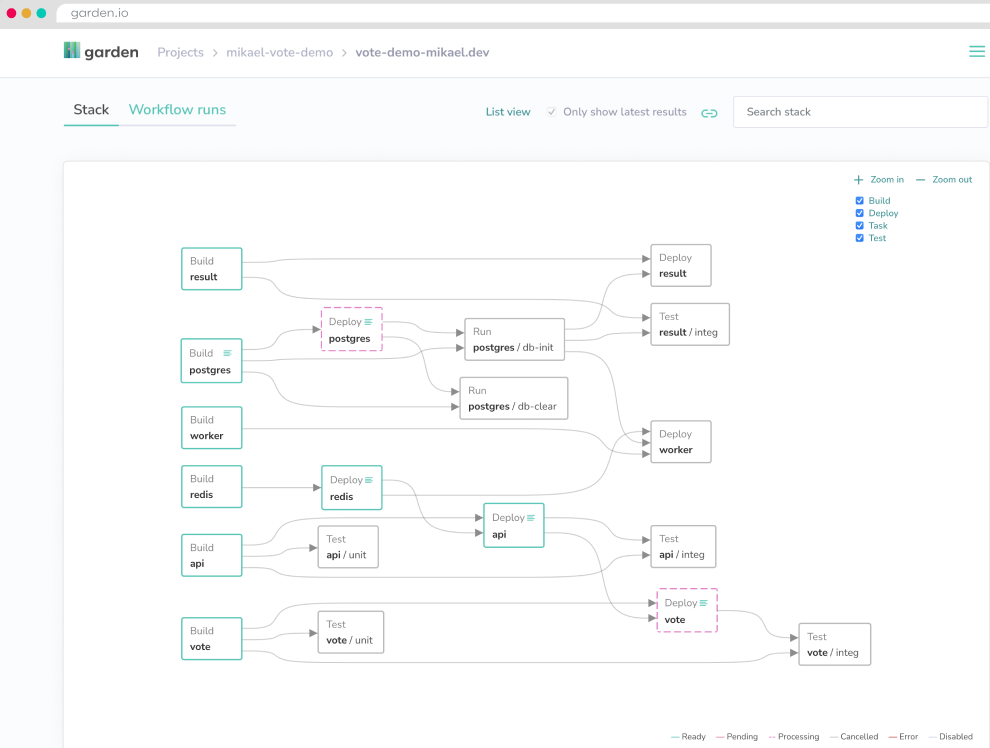Garden.io Framework Simplifies Cloud-Native App Dev
Garden.io today formally launched a graph-based framework that makes it simpler to track the relationships between components as DevOps teams deliver applications in a cloud-native environment running on Kubernetes clusters.
Fresh from raising $16 million in additional financing, Garden.io CEO Jon Edvald says the next goal is to extend the reach of the graph framework to include serverless computing platforms and provide integrations with other DevSecOps tools and software supply chain management platforms.
The Garden.io framework is designed to enable developers to spin up remote development environments on demand so they can both iterate while coding and run tests from anywhere. It can be deployed either on a laptop or integrated within a continuous integration/continuous delivery (CI/CD) platform.
The Garden.io framework was created as much out of anger as passion, says Edvald. Developers today waste a lot of time and effort trying to keep track of the dependencies that exist between all the components that make up an application environment. In fact, in a recent survey of 400 developers and DevOps team members conducted by the market research firm Vanson Bourne on behalf of Garden, respondents say they spend 15 hours a week managing tasks such as debugging pipelines and waiting for tests and builds to complete. More than three-quarters of respondents (76%) say the time spent on these and other manual DevOps tasks is generally being wasted.
In fact, the survey finds cloud developers only spend, on average, 11% of their time actually writing code, with 14 to 16 hours spent every week maintaining internal tooling, setting up dev environments, debugging pipelines and waiting for builds to complete or tests to run.
Not surprisingly, then, there’s a lot more focus today on developer productivity. As organizations simultaneously launch more application development initiatives to drive multiple digital business transformation initiatives, they find it difficult to hire and retain developer talent. That issue makes it imperative to increase the output of the developers they have. The challenge is that many organizations don’t realize how onerous their application development processes have become because complexity has been added over time, says Edvald. The experience is roughly akin to watching a frog that doesn’t realize the water in the pot it is in is slowly starting to boil, he adds.
Developers themselves, of course, want to be able to focus their time and effort on writing code. In fact, many of them now prefer to work for organizations that reduce as much of the friction associated with building and deploying applications as possible. IT teams that make it challenging to build and deploy applications will find no matter how much they are willing to pay developers, many of them will vote with their feet and go to work for organizations that have modernized their application development pipelines.
There may come a day when there is a universal format for managing application development processes that reduce friction for all. In the meantime, each DevOps team is going to be called upon to provide the best developer experience possible to enable organizations to effectively compete in a world that is now driven by software.



